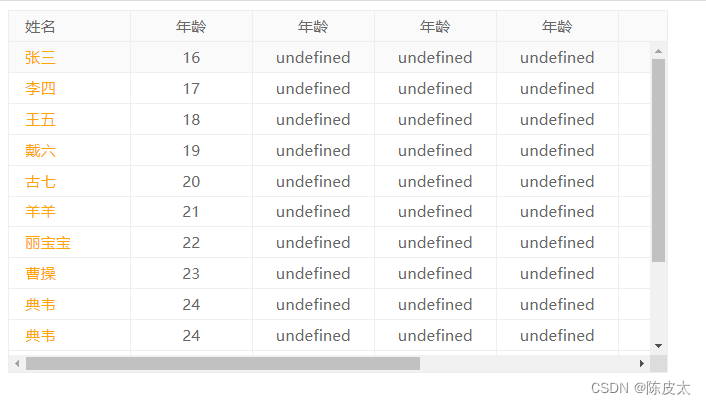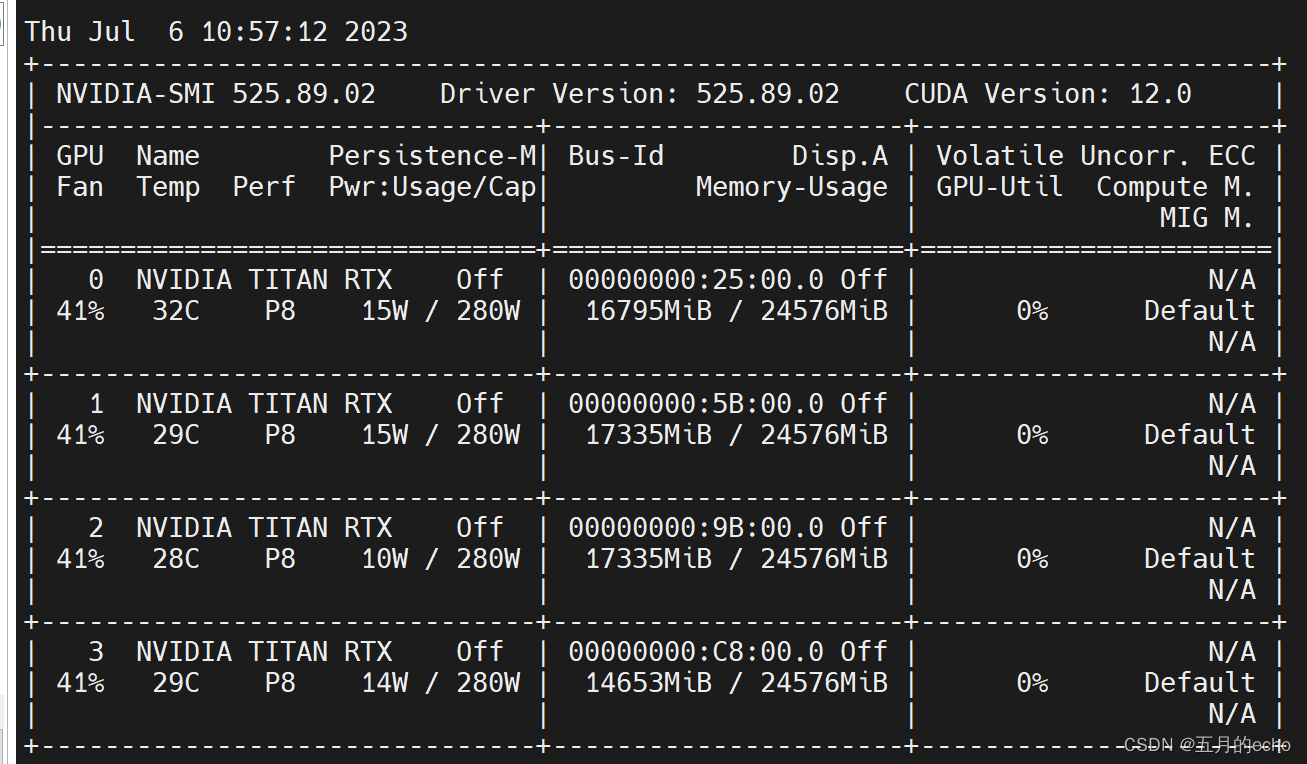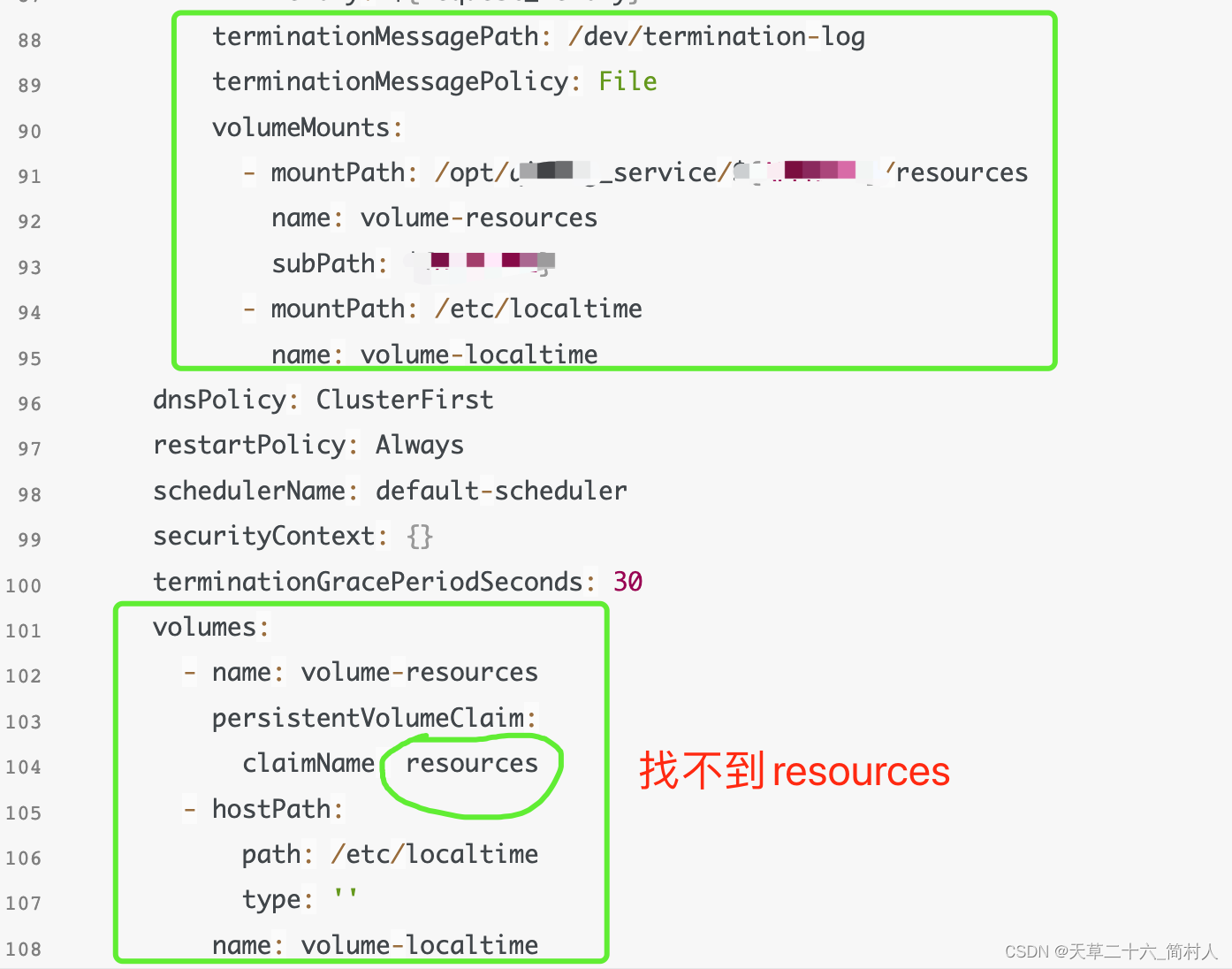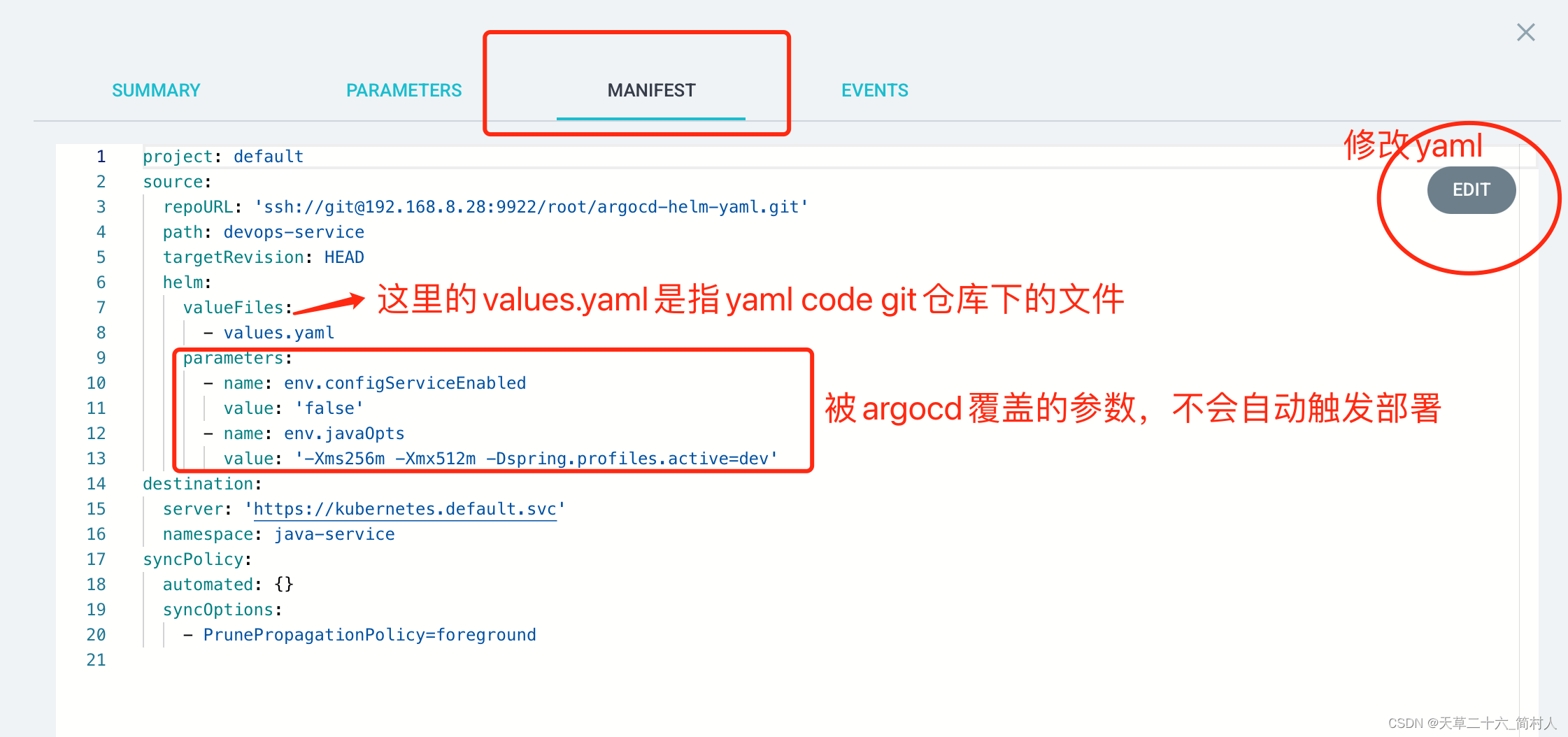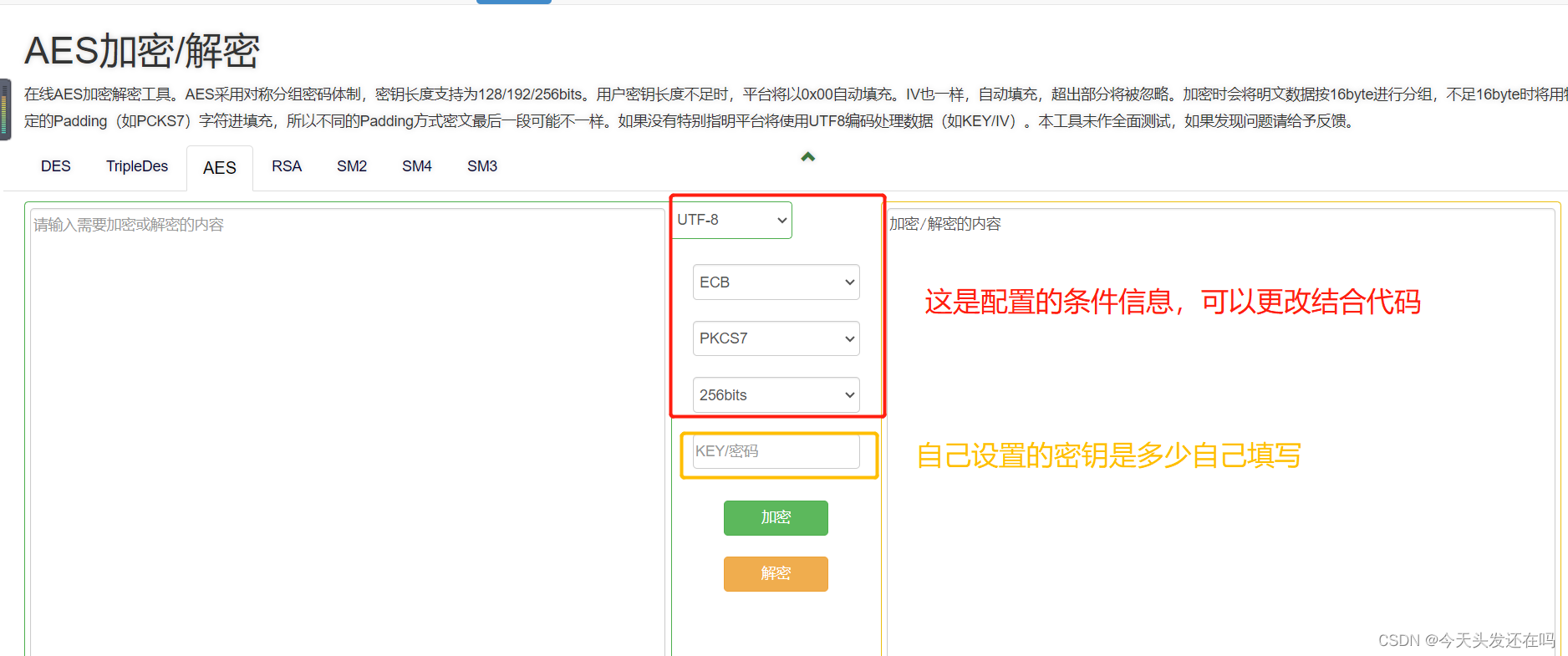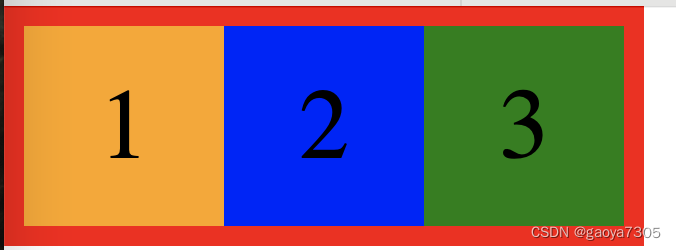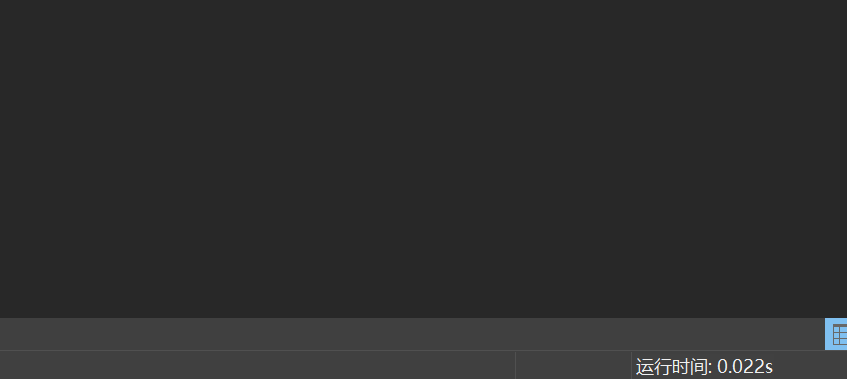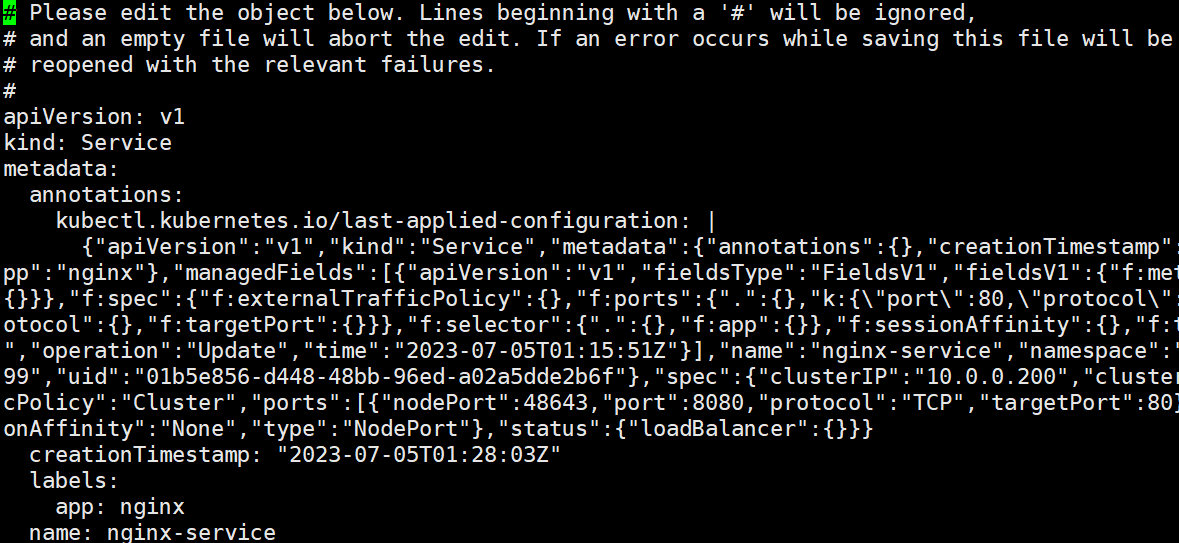0.91寸OLED液晶屏显示模块参数
驱动芯片:SSD1306
支持接口:I2C
显示颜色:白色
高分辨率: 128×32
可视角度:大于160°
工作电压:3.3V / 5V
模块大小:36 x 12.5(mm)

项目之三:显示英文 Hello, world!
Arduino实验开源代码
/*
【Arduino】168种传感器模块系列实验(资料代码+仿真编程+图形编程)
实验一百三十六:0.91寸OLED液晶屏显示模块 IIC 12832液晶屏 兼容3.3v-5V
安装库:IDE—工具—管理库—搜索Adafruit_SSD1306—安装
安装库:IDE—工具—管理库—搜索Adafruit_GFX—安装
实验接线方法
oled模块 Ardunio Uno
GND---------GND接地线
VCC---------5V 接电源
SDA---------A4
SCL ------- A5
实验之三:显示英文 Hello, world!
*/
#include <SPI.h>
#include <Wire.h>
#include <Adafruit_GFX.h>
#include <Adafruit_SSD1306.h>
#define OLED_RESET 4
Adafruit_SSD1306 display(OLED_RESET);
#if (SSD1306_LCDHEIGHT != 32)
#error("Height incorrect, please fix Adafruit_SSD1306.h!");
#endif
void setup() {
Serial.begin(9600);
// by default, we'll generate the high voltage from the 3.3v line internally! (neat!)
display.begin(SSD1306_SWITCHCAPVCC, 0x3C); // initialize with the I2C addr 0x3D (for the 128x64)
// init done
display.clearDisplay();
//英文字符显示
display.setTextSize(1); //设置字体大小
display.setTextColor(WHITE); //设置字体颜色白色
display.setCursor(0, 0); //设置字体的起始位置
display.println("Hello, world!"); //输出字符并换行
display.setTextColor(BLACK, WHITE); //设置字体黑色,字体背景白色
display.println(3.141592); //输出数字并换行
display.setTextSize(2); //设置字体大小
display.setTextColor(WHITE); //设置字体白色
display.print("0x"); //输出字符
display.println(0xDEADBEEF, HEX); //输出为ASCII编码的十六进制
//display.display(); //显示以上
}
void loop() {
}
Arduino实验场景图

I2C驱动的128x32 OLED
I2C (Inter-Integrated Circuit) 集成电路总线是I2CBus的简称,是一种串行通信总线,使用多主从架构。飞利浦公司在1980年代为了让主板,嵌入式系统或手机用以连接低速周边设备而发展。 I2C的正确读法为"I-squared-C"。I2C只使用两条双向漏极开路(Open Drain): 串行数据SDA及串行时钟频率SCL总线,且利用上拉电阻将两条总线的电位上拉。I2C允许相当大的工作电压范围,但典型的电压准位为+3.3V或+5V. I2C的参考设计使用一个7bit长度的地址空间但保留了16个地址,所以在一组总线最多可和112个节点通信。
常见的I2C总线依传输速率的不同而有不同的模式: 标准模式100 Kbit/s,低速模式10 Kbit/s,但时钟频率可被允许下降至零,这代表可以暂停通信。而新一代的I2C总线可以和更多的节点(支持10比特长度的地址空间)以更快的速率通信: 快速模式400 Kbit/s,高速模式3.4 Mbit/s。在单片机中使用I2C通信协议的时候,需要编写程序去模拟I2C总线的通信,对于I2C通信协议需要补充的一点是: 在实际通信传输数据时,SCL总线拉高的时间只要大于1.5μs都能够正常传输数据。

这块128x32 OLED的裸屏是由SSD1306驱动的,该芯片专为共阴极 OLED 面板设计,SSD1306 中嵌入了对比度控制器,显示 RAM 和晶振,并因此减少了外部器件和功耗,有 256级亮度控制,数据/命令的发送有三种接口可选择: 6800/8000串口、I2C接口或 SPI 接口。适用于多数简单的应用,移动电话的屏显, MP3播放器和计算器等。
SSD1306本身支持多种总线驱动方式包括SPI以及并口等,通过芯片的相应IO口拉低拉高来选择哪一种接口。模块通过电阻将相应IO口配置固化使用了I2C接口方式,但可能你买到的同样的驱动芯片的模块会采用其他接口。使用I2C接口时, SSD1306允许有最多两个7位的I2C地址,同样通过相应的IO口拉低拉高来切换, 一般默认是0x3C。在有些模块(不是所有,有些PCB没有预留)的背面,可以看到I2C地址选项提示,需要改变模块I2C地址时只需要把提示位置的电阻取下焊接到另外一端即可。要注意的是版上的I2C地址是加上了第零位读写位后的数值。

项目之四:输出直线和文字以及文字滚动
Arduino实验开源代码
/*
【Arduino】168种传感器模块系列实验(资料代码+仿真编程+图形编程)
实验一百三十六:0.91寸OLED液晶屏显示模块 IIC 12832液晶屏 兼容3.3v-5V
安装库:IDE—工具—管理库—搜索Adafruit_SSD1306—安装
安装库:IDE—工具—管理库—搜索Adafruit_GFX—安装
实验接线方法
oled模块 Ardunio Uno
GND---------GND接地线
VCC---------5V 接电源
SDA---------A4
SCL ------- A5
实验之四:输出直线和文字以及文字滚动
*/
#include <SPI.h>
#include <Wire.h>
#include <Adafruit_GFX.h>
#include <Adafruit_SSD1306.h>
#define OLED_RESET 4
Adafruit_SSD1306 display(OLED_RESET);
#if (SSD1306_LCDHEIGHT != 32)
#endif
void setup() {
Serial.begin(115200);
display.begin(SSD1306_SWITCHCAPVCC, 0x3C); // initialize with the I2C addr 0x3C (for the 128x32)
display.display();
delay(2000);
}
void loop() {
display.clearDisplay();
testdrawline();
delay(1000);
display.clearDisplay();
testdrawchar();
delay(1000);
display.clearDisplay();
testdrawchar2();
delay(2000);
display.clearDisplay();
testscrolltext();
delay(2000);
}
void testdrawline() {
for (int16_t i = 0; i < display.width(); i += 2) {
// x1 y1 x2 y2
display.drawLine(i, 0, i, display.height(), WHITE);
display.display();
delay(5);
}
delay(250);
display.clearDisplay();
for (int16_t i = 0; i < display.height(); i += 2) {
display.drawLine(0, i, display.width(), i, WHITE);
display.display();
delay(5);
}
}
void testdrawchar(void) {
display.setTextSize(1);
display.setTextColor(WHITE);
display.setCursor(0, 0);
for (uint8_t i = 0; i < 168; i++) {
if (i == '\n') continue;
display.write(i);
if ((i > 0) && (i % 21 == 0))
display.println();
}
display.display();
delay(1);
}
void testdrawchar2(void) {
display.setTextSize(2);
display.setTextColor(WHITE);
uint8_t j = 47;
for (uint8_t l = 0; l < 4; l++) {
display.setCursor(0, l * 16);
for (uint8_t i = 0; i < 10; i++) {
j++;
if (j == '\n') continue;
display.write(j);
display.display();
delay(5);
}
}
}
void testscrolltext(void) {
testdrawchar();
delay(5);
// startscrollright(uint8_t start, uint8_t stop)
// Activate a scroll to the right for rows start through stop The display is 16 rows tall. To scroll the whole display, run: display.scrollright(0x00, 0x0F)
// Parameters: start First row to scroll, stop Last row to scroll
display.startscrollright(0x00, 0x02);
delay(1000);
display.startscrollright(0x03, 0x05);
delay(1000);
display.stopscroll();
delay(1000);
// Activate a scroll to the left for rows start through stop The display is 16 rows tall. To scroll the whole display, run: display.startscrollright(0x00, 0x0F)
display.startscrollleft(0x00, 0x05);
delay(2000);
display.startscrollleft(0x00, 0x0F);
delay(2000);
display.stopscroll();
delay(1000);
// Activate a scroll to the upper right for rows start through stop The display is 16 rows tall.
display.startscrolldiagright(0x00, 0x03);
delay(2000);
display.startscrolldiagright(0x00, 0x07);
delay(2000);
// Activate a scroll to the upper left for rows start through stop The display is 16 rows tall.
display.startscrolldiagleft(0x00, 0x03);
delay(2000);
display.startscrolldiagleft(0x00, 0x07);
delay(2000);
display.stopscroll();
}
Arduino实验场景图


项目之六:查询I2C地址(这里为0x3c)
Arduino实验开源代码
/*
【Arduino】168种传感器模块系列实验(资料代码+仿真编程+图形编程)
实验一百三十六:0.91寸OLED液晶屏显示模块 IIC 12832液晶屏 兼容3.3v-5V
实验接线方法
oled模块 Ardunio Uno
GND---------GND接地线
VCC---------5V 接电源
SDA---------A4
SCL ------- A5
实验之六:查询I2C地址(这里为0x3c)
*/
#include <Wire.h>
void setup(){
Wire.begin();
Serial.begin(9600);
Serial.println("\nI2C Scanner");
}
void loop(){
byte error, address;
int nDevices;
Serial.println("Scanning...");
nDevices = 0;
for (address = 1; address < 127; address++ ){
// The i2c_scanner uses the return value of
// the Write.endTransmisstion to see if
// a device did acknowledge to the address.
Wire.beginTransmission(address);
error = Wire.endTransmission();
if (error == 0){
Serial.print("I2C device found at address 0x");
if (address < 16)
Serial.print("0");
Serial.print(address, HEX);
Serial.println(" !");
nDevices++;
}else if (error == 4){
Serial.print("Unknow error at address 0x");
if (address < 16)
Serial.print("0");
Serial.println(address, HEX);
}
}
if (nDevices == 0)
Serial.println("No I2C devices found\n");
else
Serial.println("done\n");
delay(5000); // wait 5 seconds for next scan
}
上传到arduino板上,打开串口可查看地址

项目之七:综合测试,显示线段、图形与英文字母数字
Arduino实验开源代码
/*
【Arduino】168种传感器模块系列实验(资料代码+仿真编程+图形编程)
实验一百三十六:0.91寸OLED液晶屏显示模块 IIC 12832液晶屏 兼容3.3v-5V
安装库:IDE—工具—管理库—搜索Adafruit_SSD1306—安装
安装库:IDE—工具—管理库—搜索Adafruit_GFX—安装
实验接线方法
oled模块 Ardunio Uno
GND---------GND接地线
VCC---------5V 接电源
SDA---------A4
SCL ------- A5
项目之七:综合测试,显示线段、图形与英文字母数字
*/
#include <Wire.h>
#include <Adafruit_GFX.h>
#include <Adafruit_SSD1306.h>
#define OLED_RESET 4
Adafruit_SSD1306 display(OLED_RESET);
#define NUMFLAKES 10
#define XPOS 0
#define YPOS 1
#define DELTAY 2
#define LOGO16_GLCD_HEIGHT 16
#define LOGO16_GLCD_WIDTH 16
#if (SSD1306_LCDHEIGHT != 32)
#error("Height incorrect, please fix Adafruit_SSD1306.h!");
#endif
void setup() //初始化
{
Serial.begin(9600);
delay(500);
// by default, we'll generate the high voltage from the 3.3v line internally! (neat!)
display.begin(SSD1306_SWITCHCAPVCC, 0x3C); // initialize with the I2C addr 0x3C (for the 128x32) ,0x3C为I2C协议通讯地址,需根据实际情况更改
}
void loop()
{
test_SSD1306(); //调用测试函数
}
void test_SSD1306(void) //测试函数
{
/*-----------------点亮全屏检测屏幕是否有不正常点亮现象-----------------------------*/
display.fillScreen(WHITE);
display.display();
delay(2000);
/*------------------------------画点 点坐标(64,16)-------------------------------*/
display.clearDisplay(); // clears the screen and buffer
display.drawPixel(64, 16, WHITE);
display.display();
delay(2000);
/*-------------------------- 画线 从(0,0)到(128,32)----------------------------*/
display.clearDisplay(); // clears the screen and buffer
display.drawLine(0, 0, 128, 32, WHITE);
display.display();
delay(2000);
display.clearDisplay(); // clears the screen and buffer
display.drawLine(0, 32, 128, 0, WHITE);
display.display();
delay(2000);
/*--------------.画空心矩形 左上角坐标(x0,y0) 右下角坐标(x1,y1)------------------*/
display.clearDisplay(); // clears the screen and buffer
display.drawRect(0, 0, 128, 32, WHITE);
display.display();
delay(2000);
/*-----------------------实心矩形---------------------------*/
display.clearDisplay(); // clears the screen and buffer
display.fillRect(0, 0, 128, 32, WHITE);
display.display();
delay(2000);
/*------------------------画空心圆-------------------------*/
display.clearDisplay(); // clears the screen and buffer
display.drawCircle(64, 16, 13, WHITE);
display.display();
delay(2000);
/*----------------------画实心圆---------------------------*/
display.clearDisplay(); // clears the screen and buffer
display.fillCircle(64, 16, 13, WHITE);
display.display();
delay(2000);
/*---------------------画空心三角形-------------------------*/
display.clearDisplay(); // clears the screen and buffer
display.drawTriangle(32, 0, 0, 30, 128, 30, WHITE);
display.display();
delay(2000);
/*------------------------画实心三角形-----------------------*/
display.clearDisplay(); // clears the screen and buffer
display.fillTriangle(32, 0, 0, 30, 128, 30, WHITE);
display.display();
delay(2000);
/*-----------------------空心圆角矩形------------------------*/
display.clearDisplay(); // clears the screen and buffer
display.drawRoundRect(0, 0, 128, 32, 5, WHITE);
display.display();
delay(2000);
/*----------------------画实心圆角矩形-----------------------*/
display.clearDisplay(); // clears the screen and buffer
display.fillRoundRect(0, 0, 128, 32, 5, WHITE);
display.display();
delay(2000);
/*------------------------显示英文 数字---------------------*/
display.clearDisplay(); // clears the screen and buffer
display.setTextSize(1); //选择字号
display.setTextColor(WHITE); //字体颜色
display.setCursor(0, 0); //起点坐标
display.println("Hello, Arduino!");
display.setTextColor(BLACK, WHITE); // 'inverted' text
display.println(3.141592);
display.setTextSize(2);
display.setTextColor(WHITE);
display.print("0x"); display.println(0xDEADBEEF, HEX);
display.display();
delay(2000);
}
项目之八:综合测试,显示电子钟
Arduino实验开源代码
/*
【Arduino】168种传感器模块系列实验(资料代码+仿真编程+图形编程)
实验一百三十六:0.91寸OLED液晶屏显示模块 IIC 12832液晶屏 兼容3.3v-5V
安装库:IDE—工具—管理库—搜索U8g2lib—安装
实验接线方法
oled模块 Ardunio Uno
GND---------GND接地线
VCC---------5V 接电源
SDA---------A4
SCL ------- A5
项目之八:综合测试,显示电子钟
*/
#include <Arduino.h>
#include <U8g2lib.h>
#include <Wire.h>
//iic驱动方式
U8G2_SSD1306_128X64_NONAME_1_SW_I2C u8g2(U8G2_R0, /* clock=*/ SCL, /* data=*/ SDA, /* reset=*/ U8X8_PIN_NONE);
void setup(void) {
u8g2.begin();
}
uint8_t m = 24;
void loop(void) {
char m_str[3];
strcpy(m_str, u8x8_u8toa(m, 2)); /* convert m to a string with two digits */
u8g2.firstPage();
do {
u8g2.setFont(u8g2_font_logisoso62_tn);
u8g2.drawStr(0, 63, "6");
u8g2.drawStr(33, 63, ":");
u8g2.drawStr(50, 63, m_str);
} while ( u8g2.nextPage() );
delay(1000);
m++;
if ( m == 60 )
m = 0;
}
相关函数
u8g2.begin():U8g2构造函数。
u8g2.clean():清除屏幕显示,清除缓冲区,光标回到原点位置。
u8g2.setFont():设置字体。
u8g2.drawStr():绘制字符串。
u8g2.firstPage()/nextPage():循环刷新显示。
U8g2库提供的API函数有很多,其他的介绍可以参考官方手册。
(https://github.com/olikraus/u8g2/wiki/u8g2reference)
Arduino实验场景图

